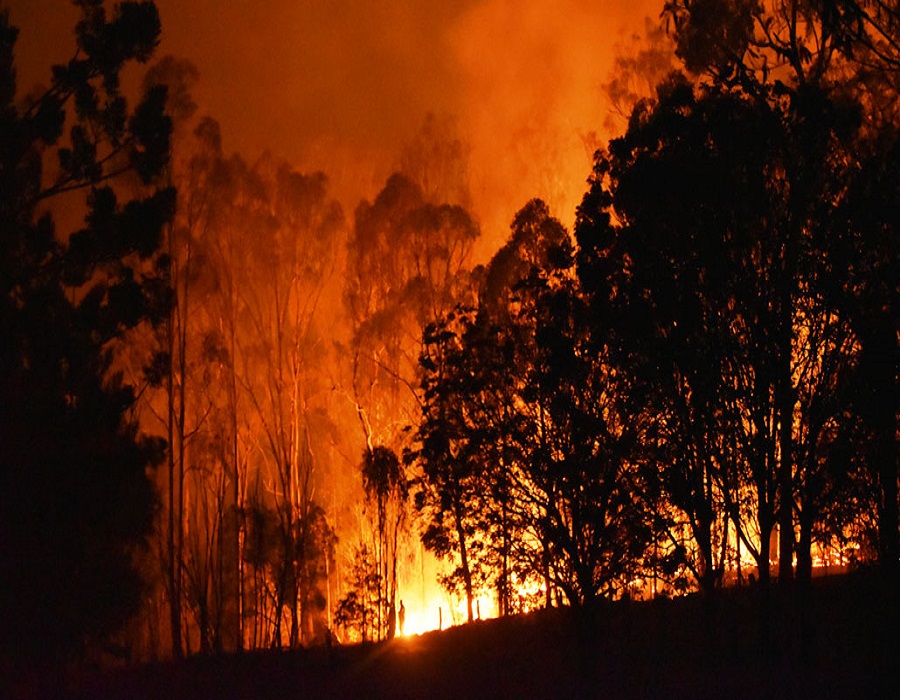A new study published on Thursday revealed "massive concerns" about the long-term recovery of Australian forests from the devastating 2019-20 "Black Summer" bushfires.
The study, which was published by Australian National University (ANU) and Griffith University, warned that early signs of recovery from the fires could be deceiving, reports Xinhua news agency.
It found that the drought that preceded the 2019-20 bushfire season was so severe that it reduced forests' capacity for regrowth.
More than 18.6 million hectares of land, mostly on Australia's east coast, were burned by fires that raged for more than half a year.
"It's wonderful to see the green growth back in the forests," said co-author David Lindenmayer from ANU.
"But there are some underlying issues that are creating real problems and I have massive concerns about what we will see there in 20 years time."
"Our ecosystems have not been geared up to deal with the high frequency and severity of these disturbances. It's burning far too often now," he said.
"This century we've had three megafires (over 1 million hectares) on the east coast, in 2009, 2014 and 2020. But in the century before that there was one, and in the century before that we also just had one."
Forests in the northeast of Victoria and south of New South Wales (NSW) were hit hardest by the fires.
A forests' ability to recover from fires is largely dependent on big trees that produce a majority of seeds, pollen, flowers and nectar.
"There's a big risk now the wetter forests across huge swathes of Victoria and southern NSW won't be able to recover," Lindenmayer said.
The "Black Summer" fire season destroyed thousands of homes and claimed 33 lives, including nine firefighters.
Nearly 3 billion animals were also killed or displaced, and the fires harmed many threatened species and ecological communities.
(Courtesy: IANS)








 OpinionExpress.In
OpinionExpress.In















Comments (0)